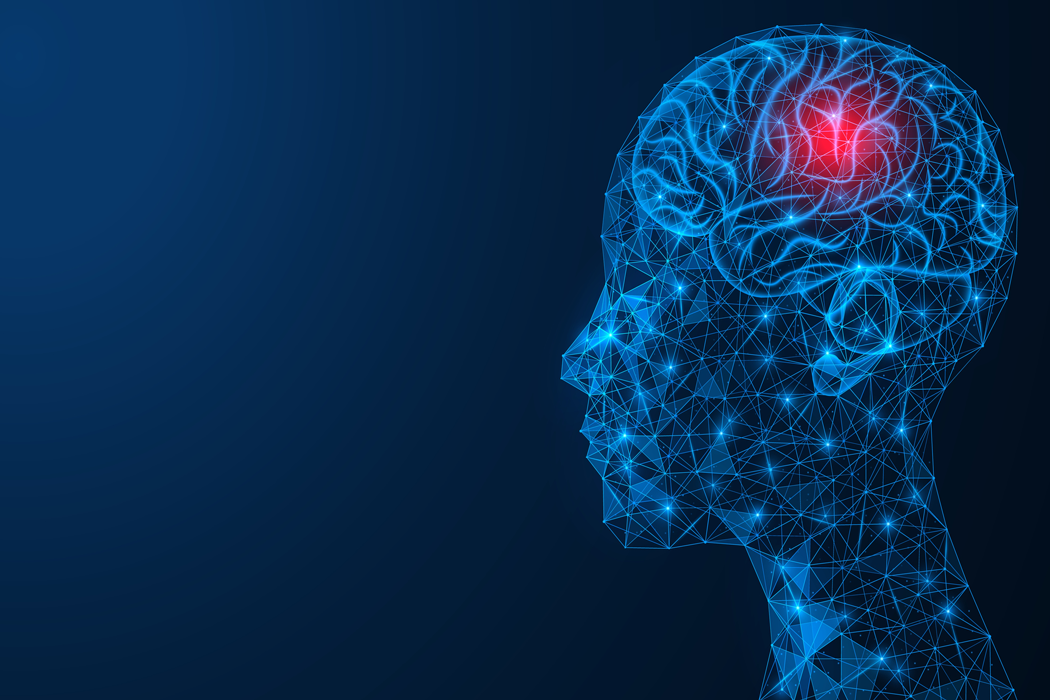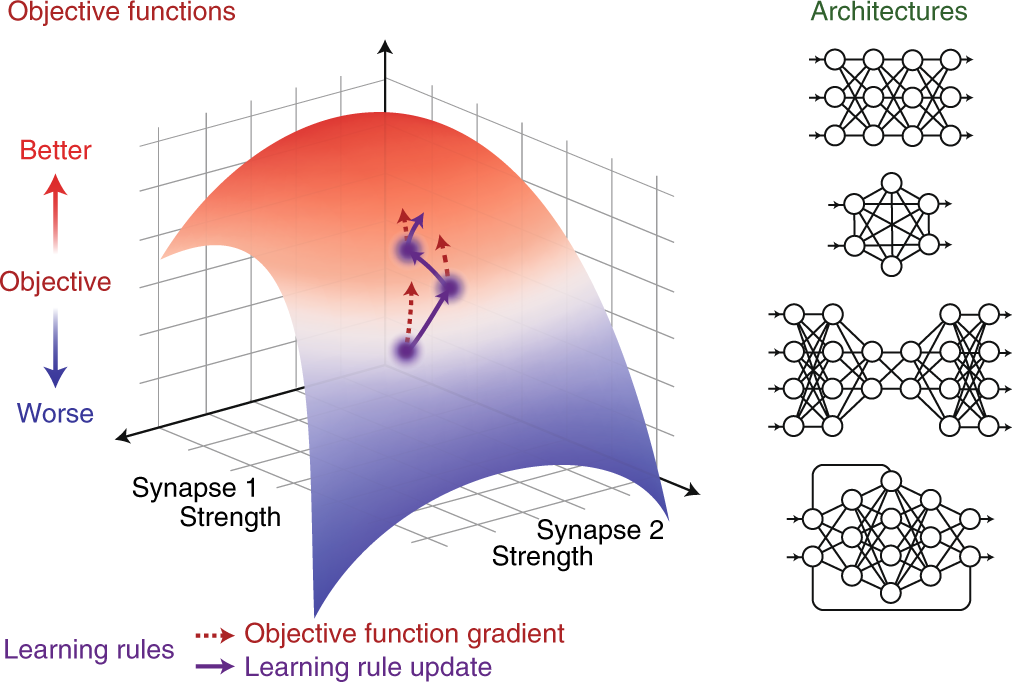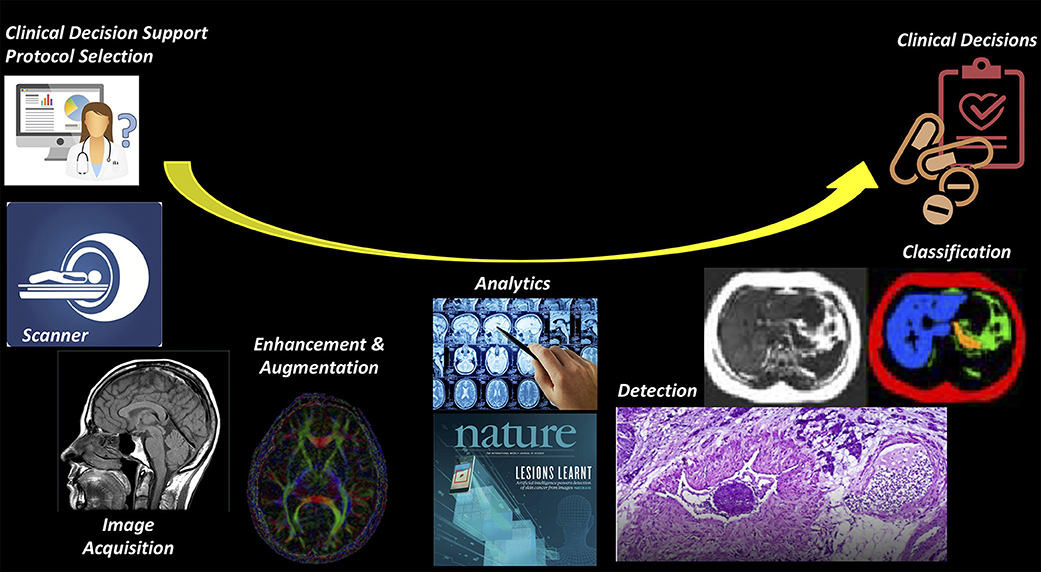Comments
- No comments found

Deep learning, a subset of artificial intelligence, has been rapidly advancing in recent years and is now being applied to various fields, including neurology.
Neurology is the study of the nervous system and its disorders, and deep learning is being used to analyze complex data from brain scans, diagnose neurological disorders, and develop new treatments.

In this article, we will explore how deep learning is being used in neurology through various examples.
One of the most promising applications of deep learning in neurology is the analysis of brain scans. Deep learning algorithms can analyze large volumes of data from brain scans, such as Magnetic Resonance Imaging (MRI), Computed Tomography (CT), and Positron Emission Tomography (PET) scans, and provide insights into the structure and function of the brain.
Researchers from Stanford University developed a deep learning algorithm called DeepLabCut that can track the movement of individual body parts in videos of mice performing various tasks. The algorithm uses machine learning to learn the specific movements of each body part and track them with high accuracy. This technology has the potential to be applied to human brain scans to track movements and changes in brain structure over time.
Deep learning is also being used to diagnose neurological disorders, such as Alzheimer's disease, Parkinson's disease, and Multiple Sclerosis (MS). These disorders can be difficult to diagnose in the early stages, but deep learning algorithms can analyze data from brain scans, patient histories, and other medical data to provide accurate diagnoses.
A team of researchers from the University of California, San Francisco, developed a deep learning algorithm that can diagnose Alzheimer's disease with a high degree of accuracy. The algorithm analyzed MRI scans from patients and identified patterns in the brain that were associated with the disease. The algorithm was able to diagnose Alzheimer's disease with a 94% accuracy rate, which is significantly higher than traditional diagnostic methods.
Deep learning is also being used to develop new treatments for neurological disorders. By analyzing large volumes of data on the structure and function of the brain, deep learning algorithms can identify new targets for drug development and develop more effective treatment strategies.
Scientists from the University of Toronto used deep learning algorithms to analyze data from brain scans of patients with depression. The researchers identified patterns in the brain that were associated with depression and used this information to develop a new treatment strategy that targeted these patterns. The treatment strategy involved a combination of medications and cognitive-behavioral therapy and was shown to be effective in reducing symptoms of depression in patients.
Despite the promise of deep learning in neurology, there are still challenges and limitations that need to be addressed. One of the challenges is the need for large amounts of data to train deep learning algorithms. This can be particularly challenging in the field of neurology, where data from brain scans and patient histories can be limited.
Another limitation of deep learning in neurology is the need for interpretability. Deep learning algorithms can be complex and difficult to interpret, making it difficult to understand how they arrive at their conclusions. This can be problematic in the medical field, where diagnoses and treatment strategies need to be transparent and explainable.

Deep learning is a powerful tool that is being used to analyze brain scans, diagnose neurological disorders, and develop new treatments in neurology. While there are still challenges and limitations to overcome, the potential benefits of deep learning in neurology are significant. As the technology continues to evolve, we can expect to see even more innovative applications of deep learning in neurology, improving the understanding and treatment of neurological disorders.
Leave your comments
Post comment as a guest